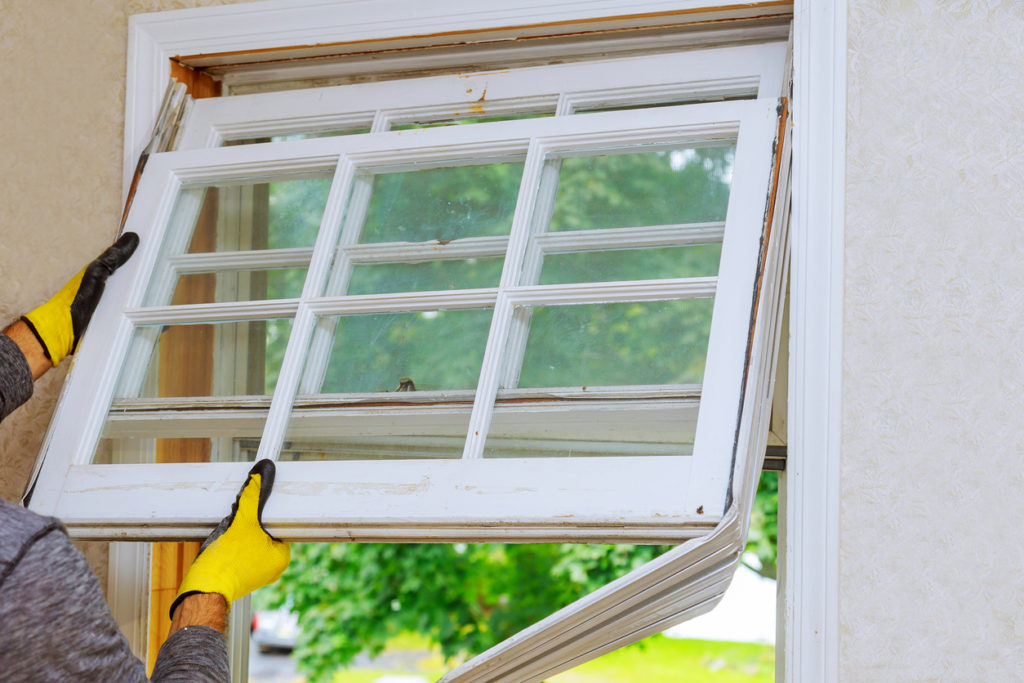Unless you live among the underground mole people, your home has windows. Despite being a feature found in every home, it’s an overlooked element when it comes time for home renovations.
Older homes (over 20 years) with their original windows can significantly benefit from a full windows replacement, making your home more energy-efficient, increasing natural light, and adding curb appeal. But if you’re not 100% sure your home needs new windows, here are four quick ways to check.
Rising Energy Bills
As temperatures rise and drop throughout the year, your heating and cooling bills will do the same. If your bills are escalating due to running your air conditioner or furnace overtime, you’re wasting energy and throwing away money due to energy-inefficient windows.
New replacement windows certified by ENERGY STAR meet the highest standard of energy efficiency in the industry, and can save you a ton in heating and cooling bills.
You can check your windows in two ways. When it’s cold, stand near the window. If it’s cooler than the rest of your home, or if you touch the window and it’s cold, it’s a sign the warmth from your furnace is cooling down as it gets near your windows. This is wasted energy, and your home is probably chilly, too.
If your windows are in very poor shape, you may see light pierce the frame in spots, which you can verify with a flashlight.
Crumbling Frames and Leaking Windows
This one is pretty obvious, but often disregarded by homeowners. Don’t ignore your neighbours who scowl at your decaying window frames, and get them replaced. Aside from the savings afforded through energy-efficient windows, your home won’t be the embarrassment on the block.
Rotting frames can be the cause of leaky windows due to all the built-up moisture. We’ve seen windows leaking so bad that there are pools of water on the floor. We hope we don’t have to tell you that’s abnormal window behaviour.
Waiting for summer isn’t a logical Band-Aid solution for leaky windows; remember that built up moisture can manifest to mould, putting you and your family’s health at risk.
Condensation
This one comes with a caveat – it depends on where condensation is building up on your windows.
Not all condensation is bad. Condensation that appears on the outside of your windows is perfectly normal and a byproduct of the weather. But if you notice condensation build up between the two glass panes of your window, it’s clear that your window seals are faulty and require an immediate replacement.
Ease of Operation
If opening and closing stubborn, stiff windows in your home is your source of exercise, it’s time for a window replacement.
Go around your home and open and close each window to see how smoothly they operate. There should be minimal resistance to opening and closing them. Frames that have swollen and made the windows inaccessible is another telltale sign to get new windows; it’s better to fully replace windows and their frames, so they’re airtight and compatible.


